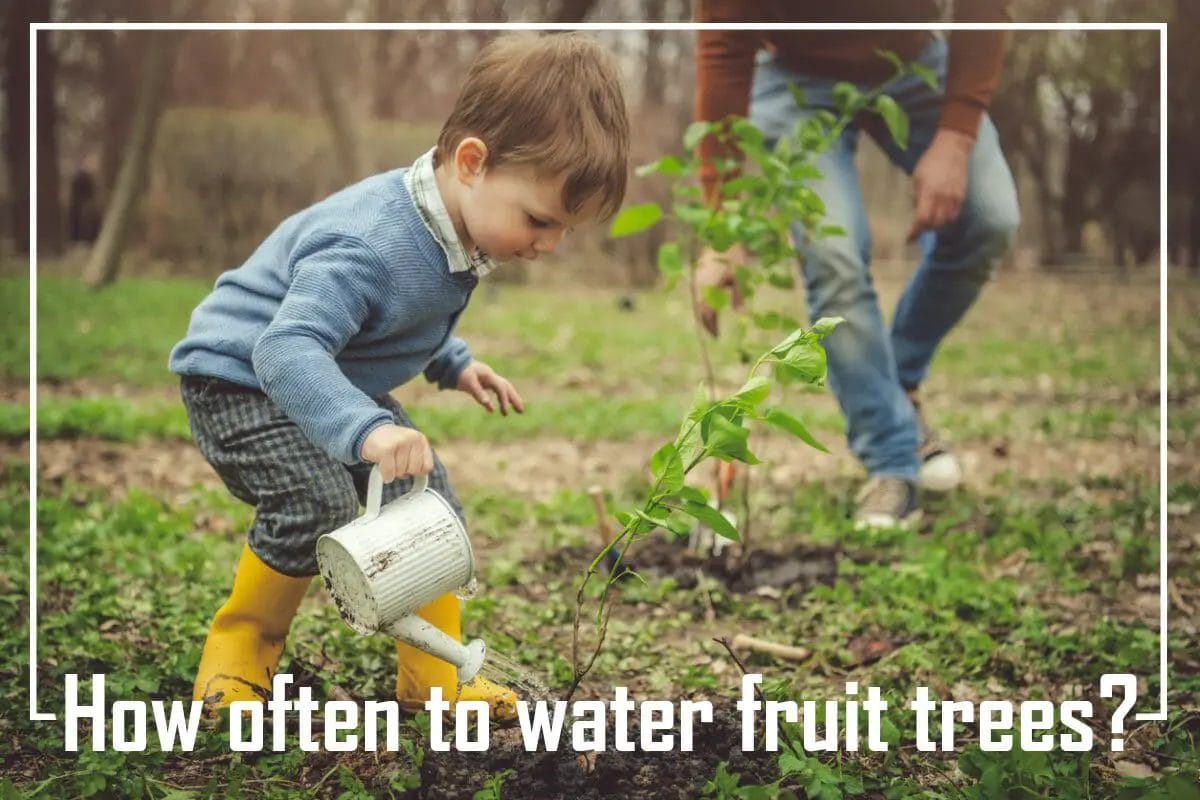If you have a water softener in your home, you know it's essential to have clean and healthy water. As well as making sure the water is soft, a good brine tank can help to protect your pipes from rusting and chipping.
If your tank isn't working correctly, this could lead to problems with how your appliances work or even cause damage to them over time. So what can you do? As you read this guide, we will explain how to clean your water softener brine tank:
Flush the tank.
Begin by flushing your water softener with water to remove any remaining salt and sediment. You can do this by using a garden hose and spray nozzle or running it under the faucet for several minutes.
Note that if you have an older softener, it might not be self-cleaning and will require a professional cleaning service to ensure optimal performance.*
How to clean a water softener brine tank.
Water softeners are a great way to reduce the amount of calcium and magnesium in your water, but they require some maintenance. The brine tank is one part of your water softener that needs regular cleaning. If you don't clean your brine tank, it can become clogged with salt and minerals, which will impair the performance of your water softener.
Here’s how to clean your brine tank:
1. Turn off the power to your water softener.
2. Disconnect the hoses from the brine tank.
3. Remove the lid from the tank.
4. Use a broomstick or other long object to stir up the silt and sediment at the bottom of the tank.
5. Vacuum up loose debris with a wet/dry vacuum cleaner.
6. Rinse out the tank with fresh water.
7. Replace the lid and reconnect the hoses.
8. Start the power back on to your water softener and let it run until all the water has been flushed through the system.
*If you're unsure about whether or not your water softener requires professional cleaning,
Use the appropriate cleaner.
To ensure a safe and effective cleaning, it's essential to use the right cleaner. This is because you're dealing with delicate equipment that needs the right kind of treatment.
You should also ensure that your cleaner is compatible with the water softener and its environment. For example, if your water softener runs on electricity (which most do), then it should be okay for you to use a chemical-based cleaner.
However, if there are any electronics involved in running your system (like an electric valve), then avoid using chemical-based cleaners because they could damage these parts over time.
In addition to making sure that both your tank and its cleaning agent are compatible with each other before starting this process, make sure that one another isn't harmful to humans or pets either!
Clean the tank with a brush and vacuum.
The next step in cleaning your water softener brine tank is to use a metal brush or wire wheel to remove any debris that may have settled in the bottom of your brine tank, including salt deposits and hard water residue, as well as other contaminants.
If you choose not to use a metal brush or wire wheel, you can use a vacuum. In either case, you'll need some elbow grease and time, but you'll be able to get rid of almost everything that's inside there!
If you don't want to use a metal brush or vacuum yourself because it seems too difficult or time-consuming (which is totally understandable), then another option would be using an automatic cleaning tool designed specifically for this purpose, such as [Water Softener Salt Brine Tank Cleaner]
Rinse the tank.
As soon as the tank has been drained and cleaned, you will want to rinse it out. You can do this by connecting a garden hose with a spray nozzle on the end of it and running the water level through the tank.
Next, use a brush to scrub any remaining residue or sediment from inside of your tank.
Finally, use your hose with another spray nozzle on it to rinse out any excess dirt or debris that hasn't been removed yet.
Replace the lid and reconnect the hoses
Once the tank has been thoroughly rinsed, you will need to replace the lid and reconnect the two hoses that were previously connected to it.
Start the power back on to the water softener and let the unit run until all the water is gone.
This will flush out any residual chemicals that might still be left behind after the cleaning process.
*If you do not know how to clean the water softener bringing tank, check out our video tutorial below:
With a few simple steps, you can keep your water softener in great condition and ensure it keeps working correctly for years to come.
With a few simple steps, you can keep your water softener in excellent condition and ensure it keeps working correctly for years to come.
First, check the hardness of your water by using a test strip or sending a sample to a lab. You'll need to know how many grains per gallon (GPG) of hardness is present in order to determine how much salt you'll need to put into your brine tank each month.
As soon as you know how much salt is required, start adding it to the recommended amount.
If you add too little, crystals will form on the inside walls of the tank and can clog up valves or damage other parts over time; if too much is added at once, it could overflow from its container and cause corrosion issues as well as waste money spent on salt consumption costs down the road (depending on what kind of system you have).
Make sure your GE softener always has enough salt.
You should also regularly monitor the salt levels in your salt tank. This will help prevent the formation of crystals and allow you to avoid having to purchase more salt than necessary.
To do so, open up the valve cover and look for the salt indicator light. It should be lit green when the salt level is low and red when it needs replenishment.
When the light turns off, there's not enough salt in the tank. To remedy this situation, add some salt to the tank and close the valve cover again. When the light turns on, it means the salt level is high enough to continue operating normally.
Common Water Softener Problems
Water softeners are a vital appliance for many households, but they can also be troublesome. If your water softener is not working perfectly, it can cause a lot of problems in your home. There are several common water softener problems and how to fix them:
1. The water is not getting softened. The issue could be caused by several reasons, such as a clogged filter or salt tank. Check the filter and make sure it is clean, and make sure there is enough salt in the tank.
2. The water is too salty. If the water softener adds too much salt to the water, it can make it undrinkable. This may be caused by a malfunctioning valve or incorrect settings on the softener.
3. Water is leaking from the unit. It's important to look closely at the exterior of the unit to see if anything looks damaged or loose. If so, call a professional right away.
4. There is no water coming out of the faucet. Make sure the water softener is hooked up correctly and that the faucets aren't clogged.
5. The water softener is making loud noises. This can indicate a problem with the internal components of the unit. Call a professional immediately.
6. The water softener isn't producing soft water. If this happens, it may mean that the salt level is low or that something else is wrong. Contact a professional immediately.
7. The water softener won't turn off when turned off. This means that the unit is either stuck in one mode.
What is salt mushing?
Salt mushing occurs when there is too much salt in the brine tank of a water softener. This causes the salt to clump together and form lumps which may be visible at the top of the tank. The salt will also start to dissolve into the water inside the tank. When this happens, the water becomes very salty and can damage your plumbing system. To prevent this, you should regularly check the level of salt in your tank and remove any excess salt if necessary.
How Often Do Water Softeners Need Servicing?
The frequency of service depends on several factors, including the type of water softener you own and whether or not it has been serviced recently. However, most water softeners should be serviced every two to three years.
When Should I Service My Water Softener?
A couple of things to consider before deciding when to service your water softener. First, you want to avoid servicing during peak usage times, like the summer months. Since most people use their water softener more often than they think, it makes sense to wait until after the holidays to get it serviced.
Second, you don't want to run the risk of damaging your water softener while it's being serviced. For example, if you're having difficulty finding someone who knows how to service your water softening equipment, you might want to schedule a visit around the first week of January. As a result, you will have plenty of time to find a qualified technician to come out and take care of any repairs.
What Is the Cost of Water Softener Repair?
If you need to repair your water softener, you'll likely pay anywhere between $100 and $500, depending on what needs to be done.
Watch How to Clean a Water Softener Brine Tank
How to Clean a Water Softener Brine Tank (FAQs)
What should I do if my lawn or plants are affected?
It is best to siphon or dump water out of the brine tank (not on grass or plants, as the high sodium content in this mixture may damage them)
What is a brine grid?
A brine grid is a platform/screen at the bottom of a brine tank.
What should I use for a brine tank?
Finally, add salt to the brine tank—at least two 50-pound bags. Keep the brine tank at least one-quarter full of water softener salt.
What is the float level control valve?
BRINE REFILL FLOAT CONTROL VALVE device is a control found in the vertical tube in your brine tank.
What if hard water comes out of my softener?
If hard water comes out of your softener, it's either because it's not functioning at all or it's not producing a sufficient amount of soft water to meet your demand.
What do I need to check for my softener?
Check the unit's display.
What if I run out of soft water?
If your demand exceeds the supply, you will eventually run out of soft water since your softener exhausts its capacity ahead of schedule.
What is the average amount of water you use?
The average is between 80 and 100 gallons per capita. If that is not it, then there is indeed something wrong with your system.
How do I know if my water softener is working correctly?
The easiest way to test if your water softener is working properly is by measuring output water hardness.
Conclusion
That's it! You now have a step-by-step process for cleaning your water softener brine tank. Hopefully, you found this helpful and will find it easy to follow along with next time. Now it's time to make some clean water!






